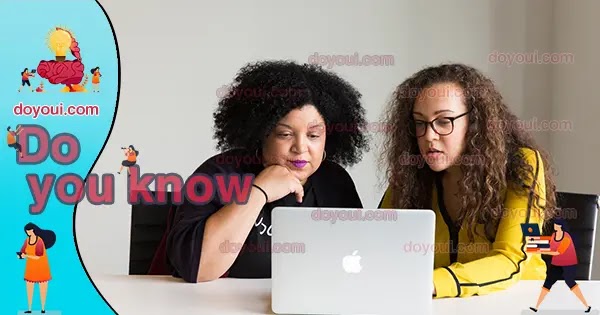Virtual and augmented reality have revolutionized the way we experience and interact with the world around us, and the tourism industry has been quick to embrace these technologies as a marketing tools. Virtual and augmented reality offers a unique and immersive experience that can be used to market destinations, attractions, and accommodations to potential visitors. This article will explore the use of virtual and augmented reality in tourism marketing and how it is changing the way we plan and book our travel experiences. From virtual tours of hotels and destinations to augmented reality experiences that bring historical sites and attractions to life, this technology is transforming the way we think about travel and providing an entirely new level of engagement for potential visitors. Whether you're a seasoned traveler or just starting to plan your next trip, this article will provide insights into the exciting world of virtual and augmented reality in tourism marketing.
How to use virtual and augmented reality in tourism marketing?
There are several ways to use virtual and augmented reality in tourism marketing:
- Virtual Tours: Offer virtual tours of destinations, attractions, and accommodations to provide potential visitors with a glimpse of what they can expect. This can include 360-degree views, interactive floor plans, and videos.
- Augmented Reality Experiences: Create augmented reality experiences that bring historical sites, attractions, and cultural events to life, providing a unique and immersive experience for potential visitors.
- Destination Marketing: Use virtual and augmented reality to market entire destinations, showing the best that the area has to offer and providing a comprehensive understanding of the region.
- Social Media Integration: Share virtual and augmented reality experiences on social media platforms to reach a wider audience and generate interest in destinations, attractions, and accommodations.
- Trade Shows and Events: Utilize virtual and augmented reality at trade shows and events to showcase destinations and attractions, and provide a memorable experience for attendees.
- Virtual Reality Lounges: Create virtual reality lounges where potential visitors can experience destinations, attractions, and accommodations in a more immersive way.
By effectively utilizing virtual and augmented reality, tourism companies can provide potential visitors with a unique and immersive experience that showcases destinations and attractions in a memorable way, improving the customer experience and ultimately driving sales.
How it changes the way we plan and book our travel experiences?
Virtual and augmented reality is changing the way we plan and book our travel experiences in several key ways:
- Increased Accessibility: Virtual and augmented reality allows potential visitors to experience destinations, attractions, and accommodations in a more immersive way, providing a more comprehensive understanding of what to expect. This increased accessibility can help inform travel decisions and simplify the planning process.
- Personalization: Virtual and augmented reality provide a highly personalized experience, allowing potential visitors to explore destinations, attractions, and accommodations in a way that best suits their needs and interests.
- Improved Customer Experience: The use of virtual and augmented reality in tourism marketing provides a more memorable and engaging experience for potential visitors, improving the overall customer experience and increasing the likelihood of repeat visits.
- Increased Convenience: Virtual and augmented reality can be accessed from anywhere, at any time, making the planning and booking process more convenient. This allows potential visitors to plan and book their travels at their own pace, reducing the stress and time associated with traditional travel planning.
- Increased Engagement: Virtual and augmented reality provides an interactive and immersive experience that engages potential visitors in a more meaningful way, making it easier to generate interest and drive sales.
virtual and augmented reality are transforming the tourism industry, improving the customer experience, and driving growth for destinations, attractions, and accommodations.
How this technology is changing the way we think about travel and providing a whole new level of interaction for potential visitors?
Virtual and augmented reality is changing the way we think about travel by providing a whole new level of interaction and engagement for potential visitors. This technology is:
- Immersive: Virtual and augmented reality provide a highly immersive experience, allowing potential visitors to explore destinations, attractions, and accommodations in a more interactive and engaging way.
- Personalized: By providing a highly personalized experience, virtual and augmented reality allow potential visitors to explore destinations and attractions in a way that best suits their needs and interests.
- Accessible: Virtual and augmented reality can be accessed from anywhere, at any time, making it easier for potential visitors to plan and book their travels.
- Memorable: The use of virtual and augmented reality in tourism marketing provides a more memorable and engaging experience for potential visitors, improving the overall customer experience and increasing the likelihood of repeat visits.
- Convenient: Virtual and augmented reality can be used to simplify the planning and booking process, reducing the stress and time associated with traditional travel planning.
- Engaging: The interactive and immersive nature of virtual and augmented reality provides a high level of engagement for potential visitors, making it easier to generate interest and drive sales.
By providing a whole new level of interaction and engagement, virtual and augmented reality are changing the way we think about travel and transforming the tourism industry, making it easier for potential visitors to plan and book their travels in a more accessible, convenient, and memorable way.
----
